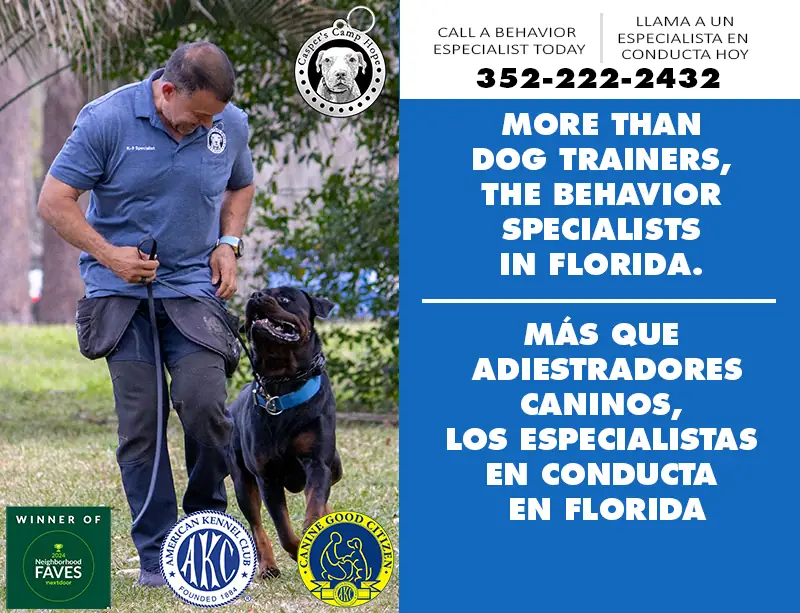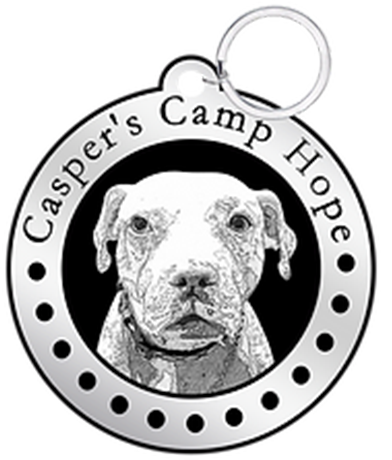Dogs are often referred to as "man's best friend," and for good reason. They offer loyalty, companionship, and unconditional love. However, a well-behaved dog doesn't just happen by chance; it requires effective training. Whether you're a new dog owner or looking to refine your training skills, this guide will provide you with essential tips and techniques to help you train your dog successfully.
Understanding Dog Behavior
Before diving into training, it's crucial to understand how dogs communicate. Dogs primarily communicate through body language, vocalizations, and actions. Positive reinforcement, which involves rewarding desired behaviors, is the most effective method for training. Understanding your dog's unique personality will also help tailor your training approach.
Essential Training Commands
1. **Sit**: This command is a fundamental building block for training. Start by holding a treat close to your dog's nose and moving it upwards. As their head tilts back, their bottom will lower naturally. Once they are sitting, reward them immediately with the treat and praise.
2. **Stay**: To teach stay, ask your dog to sit. Then, open your palm in front of you and say “stay.” Take a few steps back; if they remain in place, reward them. Gradually increase the distance and duration of the stay command.
3. **Come**: This command is vital for your dog’s safety. Start by calling your dog’s name followed by "come." Use a cheerful tone and reward them when they reach you. Practice this in a controlled environment before introducing distractions.
4. **Down**: To teach your dog to lie down, start with them in a sitting position. Hold a treat in your hand, move it to the ground, and encourage them to follow the treat. When they lay down, reward them.
5. **Leave It**: Teaching your dog to leave something alone can prevent potential dangers. Hold a treat in your closed fist and let your dog sniff it. When they lose interest, say "leave it," and reward them with a different treat.
Tips for Effective Training
- **Consistency is Key**: Use the same commands and gestures each time to avoid confusing your dog. Ensure everyone in your household is on the same page with commands.
- **Short Training Sessions**: Dogs have short attention spans, so keep training sessions brief (5-10 minutes) but frequent. Multiple short sessions can be more effective than one long session.
- **Positive Reinforcement**: Always reward your dog when they perform a command correctly. Use treats, praise, or playtime as rewards to encourage good behavior.
- **Be Patient**: Training takes time and perseverance. Each dog learns at their own pace, so be patient and avoid punishment, which can lead to fear and anxiety.
- **Socialization**: Expose your dog to different environments, people, and other animals to help them become well-adjusted. Socialization is an integral part of training and can prevent behavioral issues.
Common Training Challenges
- **Distractions**: If your dog is easily distracted, practice in a quiet environment before introducing distractions. Gradually increase the level of distractions as they improve.
- **Fearfulness**: Some dogs may be shy or fearful, which can affect their training. Use gentle methods and build their confidence through positive reinforcement and gradual exposure to new experiences.
- **Barking**: Excessive barking can be a nuisance. Identify the cause (boredom, anxiety, etc.) and address it. Teaching the "quiet" command can also help manage barking.
Conclusion
Training your dog is a rewarding journey that strengthens the bond between you and your furry friend. By using positive reinforcement, being consistent, and practicing patience, you can teach your dog essential commands and good behavior. Remember, every dog is unique, so tailor your training approach to fit their individual needs. With time and dedication, you’ll have a well-trained dog that’s a joy to be around. Happy training!
Cookies help us deliver our services. By using our services, you agree to our use of cookies.




